15 Drought-Tolerant Plants That Still Bloom in Cooler Weather
The changing season does not mean your garden has to lose its color. There are plants that can thrive with little water and still bloom when it gets cold. Their resilience makes them a smart choice for any gardener who wants lasting beauty. These plants bring texture and color when most others fade away. Keep going to find out which ones can keep your garden blooming longer.
This post may contain affiliate links, which helps keep this content free. Please read our disclosure for more info.
Lavender
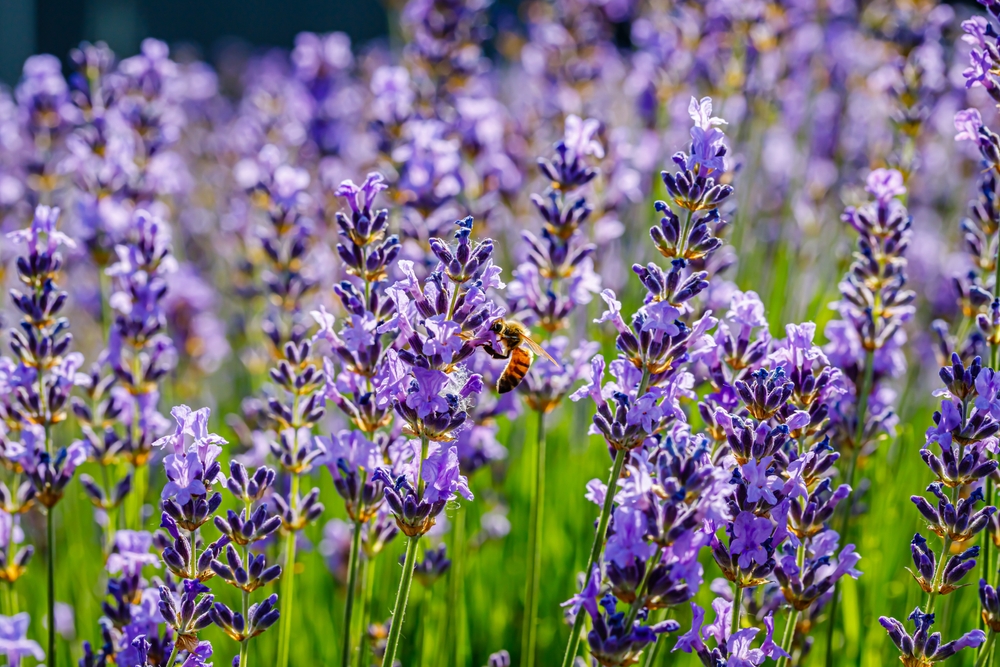
Lavender is known for its fragrance and purple blooms that last well into the cooler months. It grows best in full sun and well-drained soil, thriving even in dry conditions. Once established, it requires very little watering and can handle temperature drops without losing its charm. The silvery foliage adds year-round beauty to garden beds or borders.
This hardy plant attracts pollinators like bees and butterflies during its bloom. Pruning it after flowering encourages fresh growth and maintains its shape. It performs well in both garden beds and containers. With minimal care, lavender keeps the garden looking colorful and fresh through cooler weather.
Sedum (Stonecrop)

Sedum offers thick, succulent leaves and clusters of star-shaped flowers that appear late in the season. It is highly drought-tolerant and thrives in poor, sandy soil. The plant comes in many varieties, including low-growing types and taller ones that add structure. Its foliage often changes color as temperatures drop.
During fall, sedum continues to bloom when many plants fade. Bees are drawn to its nectar-rich flowers, keeping the garden lively. It is an ideal choice for rock gardens or low-water landscapes. Once planted, it spreads easily with very little maintenance.
Russian Sage
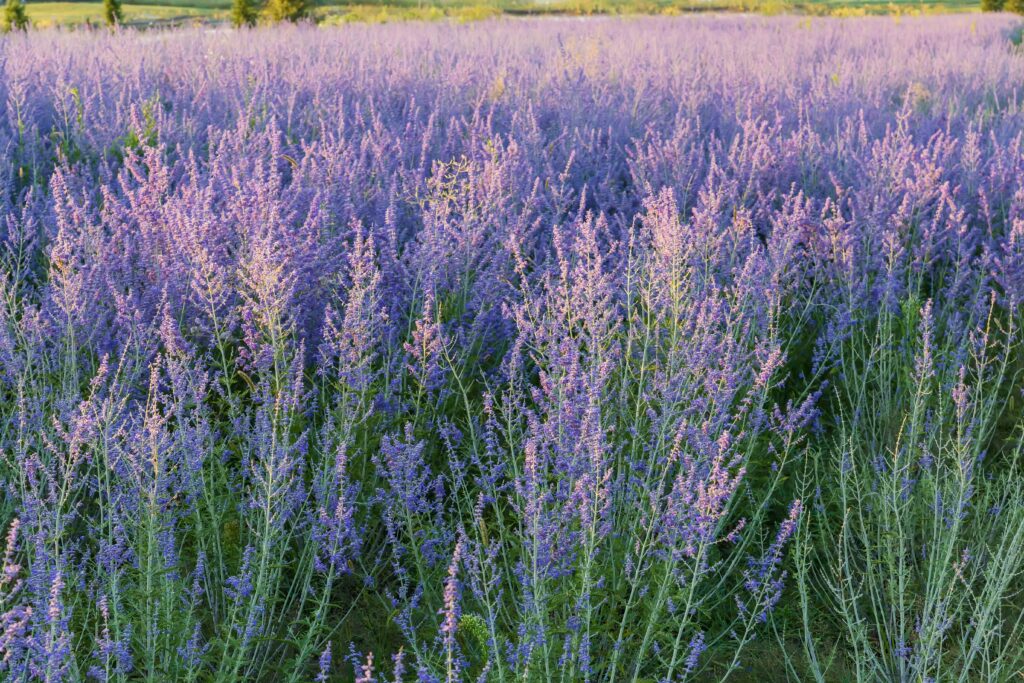
Russian sage brings soft lavender-blue flowers and silvery leaves that sway beautifully in the breeze. It thrives in dry soil and full sunlight, showing strong resistance to drought. Its airy flower spikes continue to bloom well into the cooler months. The fragrance of its foliage gives an added touch of charm to any garden.
It can grow up to three feet tall and provides a striking backdrop for shorter plants. Russian sage is deer-resistant and long-lived once settled. It pairs well with ornamental grasses and other perennials. Its blooms add a calming, misty look to fall landscapes.
Coreopsis
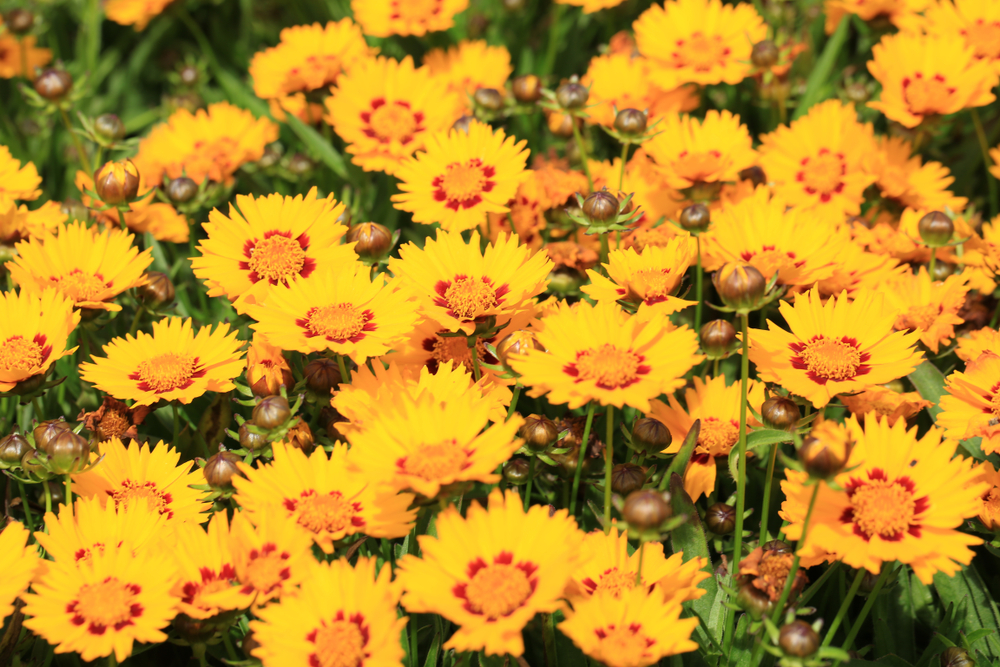
Coreopsis is known for its bright yellow blooms that bring warmth to gardens even as temperatures drop. It thrives in dry soil and needs very little care after planting. The flowers attract butterflies and stay vibrant into late fall. This plant is perfect for borders and open garden beds.
Deadheading spent flowers encourages more blooms through the season. It tolerates poor soil and occasional neglect, making it ideal for busy gardeners. Once it starts blooming, it adds steady color for months. Coreopsis keeps gardens cheerful even during cool, dry spells.
Gaillardia (Blanket Flower)
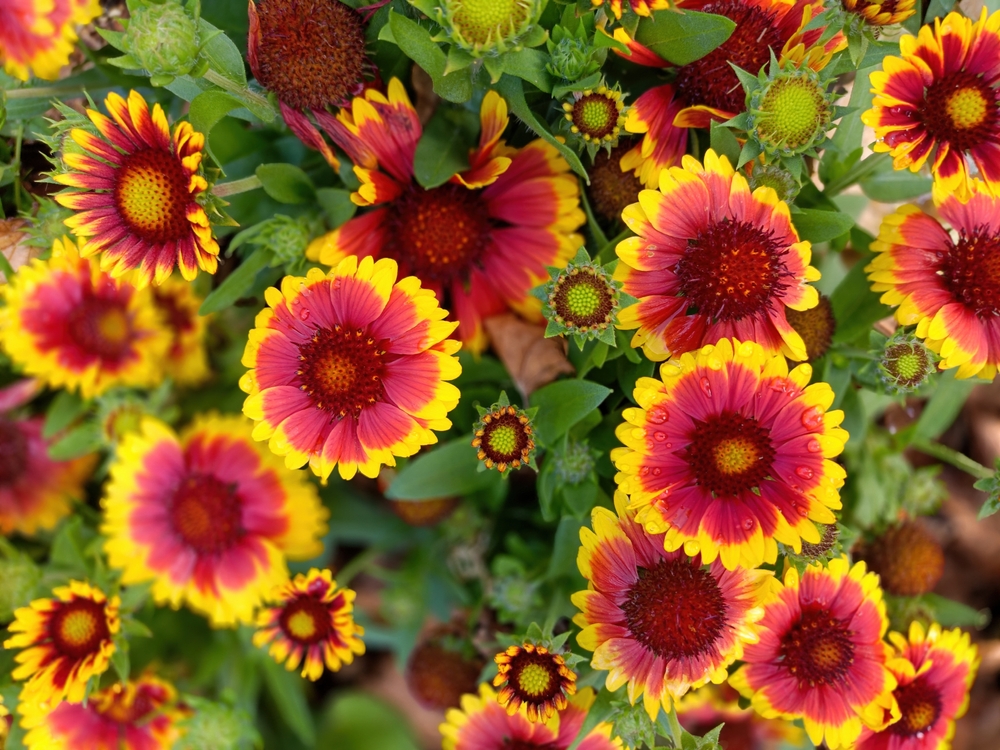
Gaillardia offers red, orange, and yellow blooms that resemble a sunset. It thrives in sunny, dry areas and handles poor soil conditions easily. The plant begins to flower in summer and continues into early winter. Its bright colors add warmth to fading gardens.
It prefers full sun and minimal watering, making it ideal for drought-prone regions. The blooms attract bees and butterflies, keeping the garden active. It grows best in open, well-drained spaces. Gaillardia’s long flowering period makes it a dependable favorite.
Yarrow
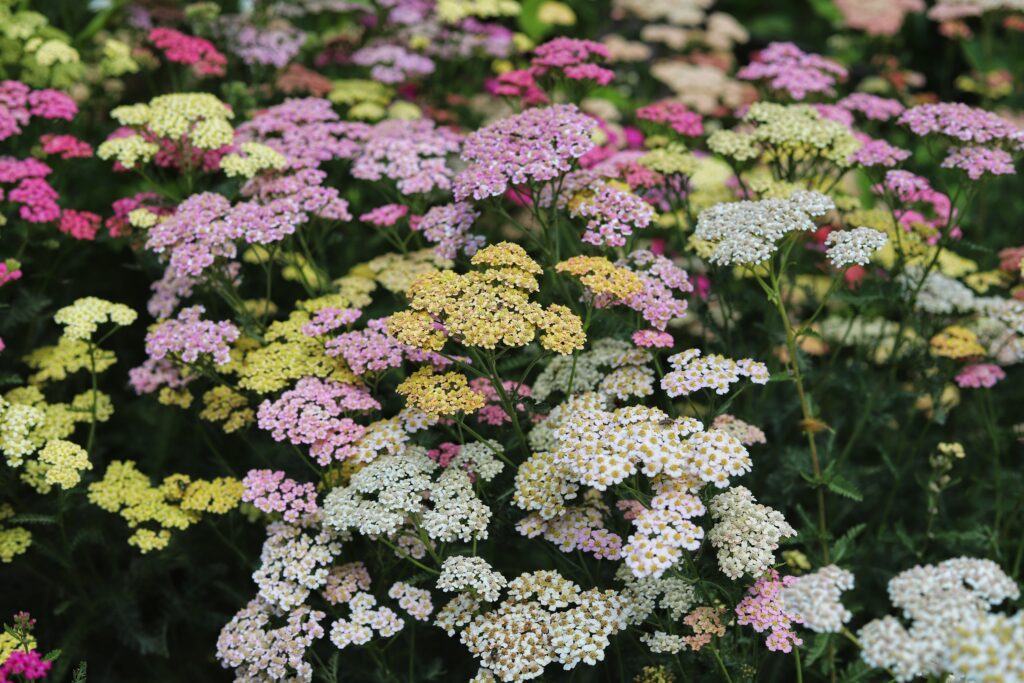
Yarrow is a resilient perennial with flat-topped clusters of flowers in shades of yellow, pink, or white. It thrives in dry conditions and poor soil, making it suitable for low-maintenance gardens. The fern-like leaves add texture to planting areas. It continues to bloom even when the weather cools.
Yarrow spreads easily and can fill empty garden spaces over time. Cutting back old blooms encourages new ones to appear. It is also a favorite among pollinators. This hardy plant offers beauty and structure throughout the year.
Echinacea (Coneflower)
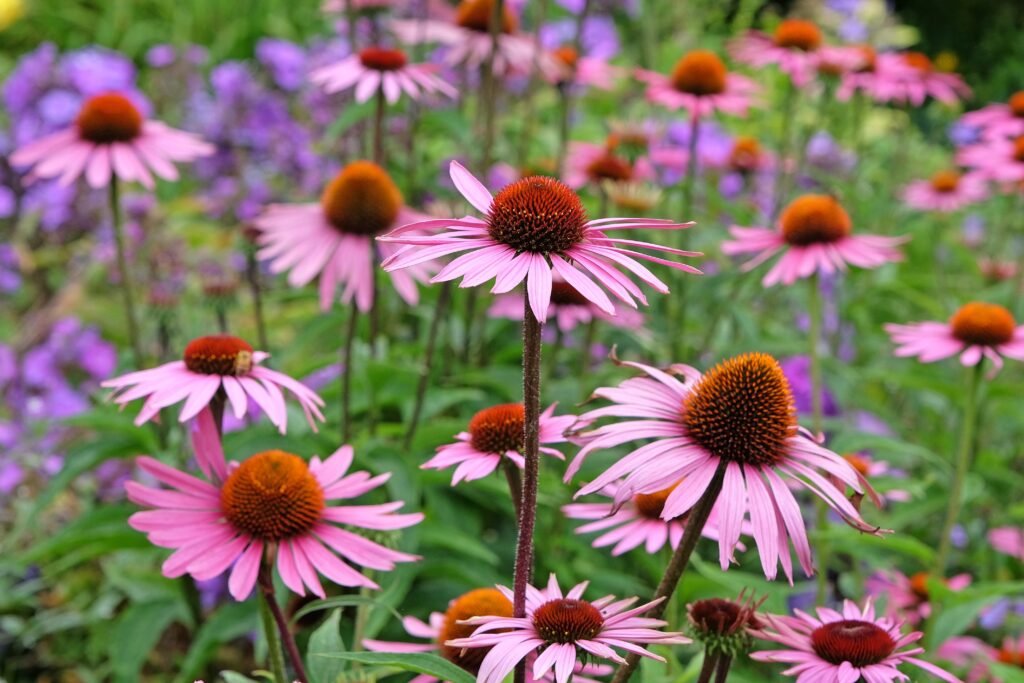
Echinacea stands tall with bold, daisy-like flowers that attract bees and butterflies. It adapts well to dry conditions once its roots are established. The flowers remain vivid through fall, even in cooler climates. Its deep roots help it survive long dry periods.
The seed heads can stay on the plant through winter, feeding birds like finches. Echinacea fits perfectly in cottage gardens or mixed borders. It needs little attention beyond occasional watering during extreme dryness. This native perennial adds life and color when other plants fade.
Rosemary
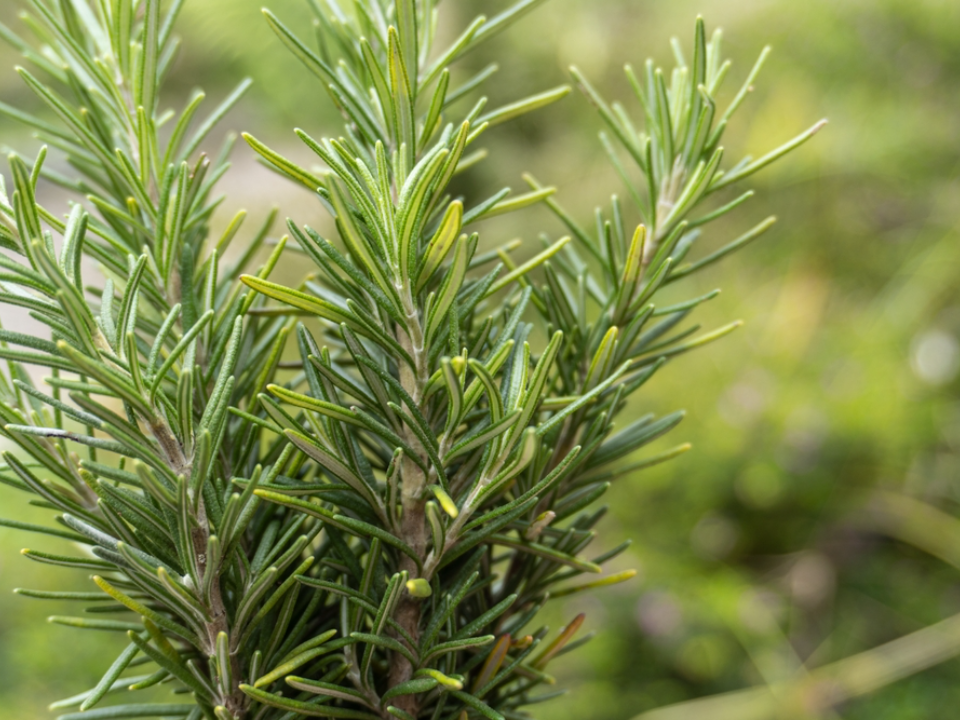
Rosemary is both ornamental and useful, offering aromatic foliage and tiny blue flowers. It thrives in dry, sunny spots and tolerates cool weather surprisingly well. Its needle-like leaves remain evergreen year-round. When in bloom, it attracts bees and other pollinators.
It can be shaped as a hedge, grown in pots, or added to herb gardens. Pruning encourages new growth and keeps its shape tidy. The plant prefers sandy, well-drained soil. Rosemary provides fragrance, color, and culinary value throughout the seasons.
Hellebore (Lenten Rose)
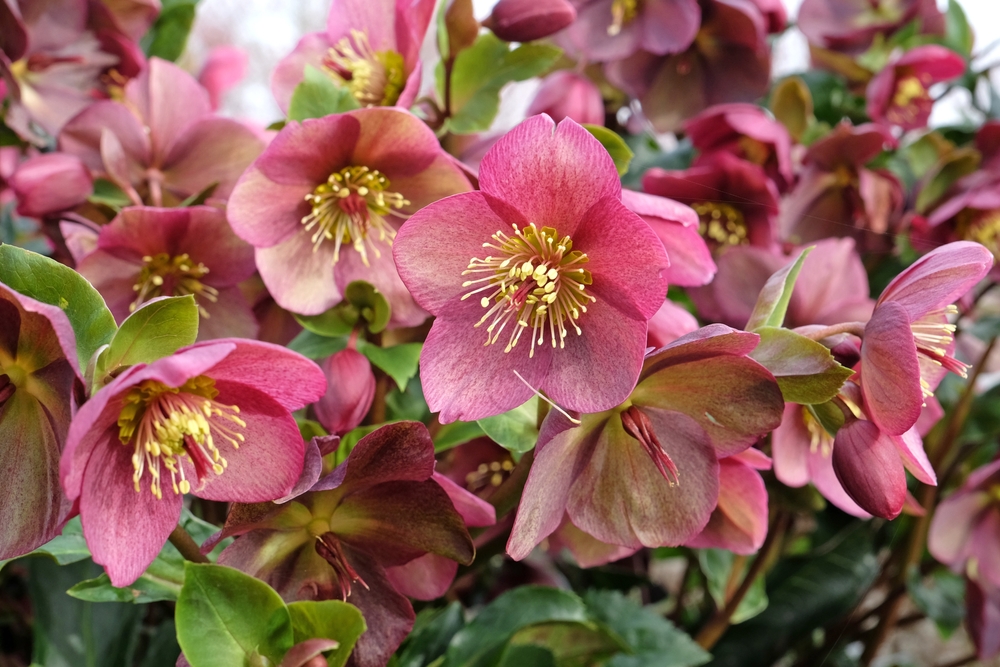
Hellebores bloom during the coldest months when most plants are dormant. Their nodding flowers come in soft shades of pink, green, or white. The thick leaves handle dry soil and occasional frost without issue. Once planted, they can stay in place for years with little care.
Hellebores grow best in partial shade and rich soil. They are a great choice for woodland gardens or shaded borders. The flowers often appear before spring even begins. This plant keeps winter gardens lively and interesting.
Dusty Miller
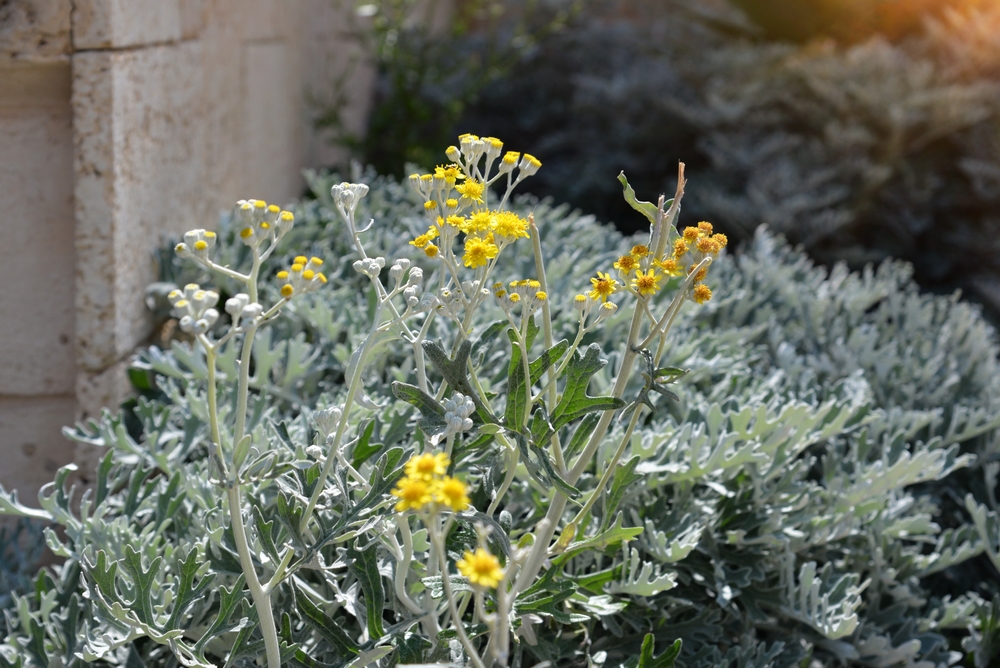
Dusty Miller is grown for its silver-gray foliage that shines through the cooler months. While its flowers are small, the leaves bring strong contrast to colorful blooms nearby. It tolerates drought and handles cool weather better than many annuals. Its velvety texture gives gardens a soft, elegant look.
It pairs beautifully with pansies or violas during fall and winter. Dusty Miller does well in containers and garden beds alike. It needs little water once settled in the soil. This plant maintains brightness even when other plants lose color.
Ice Plant (Delosperma)
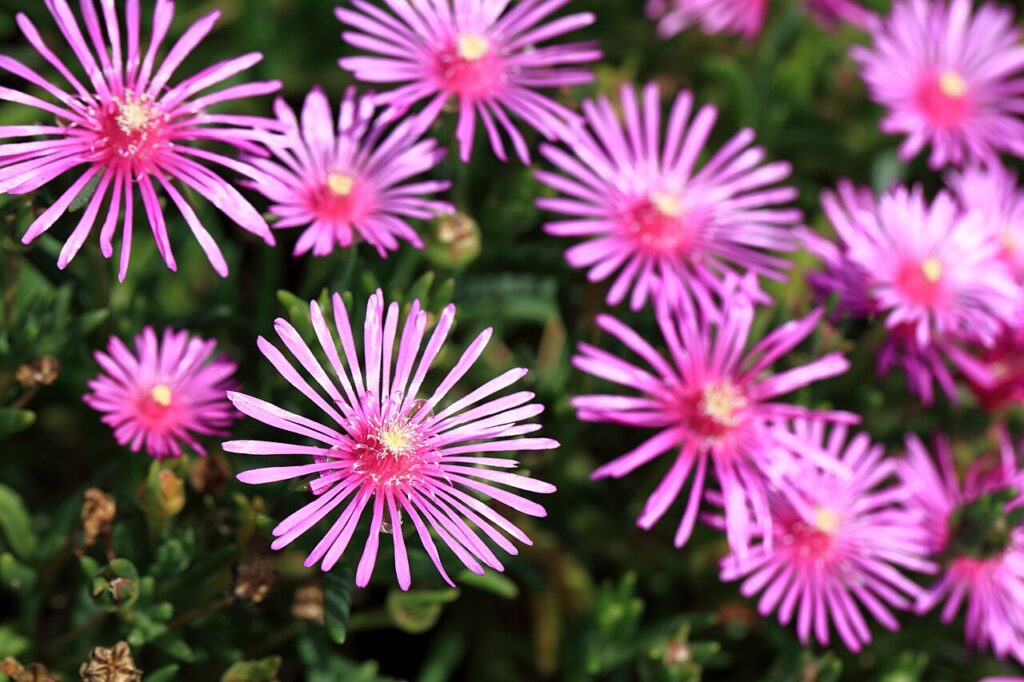
The Ice Plant produces vivid flowers in shades of magenta, pink, and yellow. Its succulent leaves hold moisture, helping it survive long dry spells. The blooms appear in late summer and last into early winter. It thrives in full sun and rocky soil.
This ground cover spreads quickly, creating colorful mats across dry slopes. It is perfect for rock gardens or coastal areas. The glossy petals open fully in sunlight and close at night. Ice Plant adds brightness and texture to drought-prone spaces.
Hummingbird Mint (Agastache)
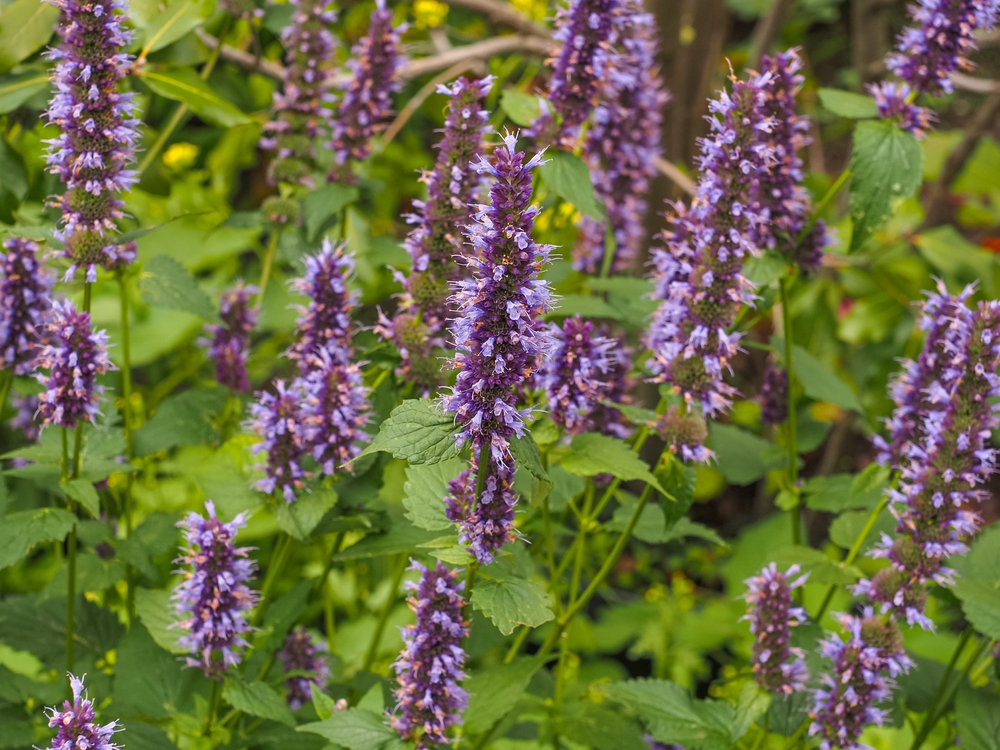
Hummingbird mint features tall spikes of flowers that smell lightly of anise. It handles dry soil and keeps blooming until frost sets in. The plant thrives in sunny conditions and attracts both hummingbirds and butterflies. Its gray-green foliage adds contrast in mixed plantings.
It requires little water once it takes root and can survive mild frosts. Trimming spent flowers encourages more blooms. This plant works well in borders or as a feature near walkways. Its colorful spikes bring movement and fragrance to cool-season gardens.
Black-Eyed Susan
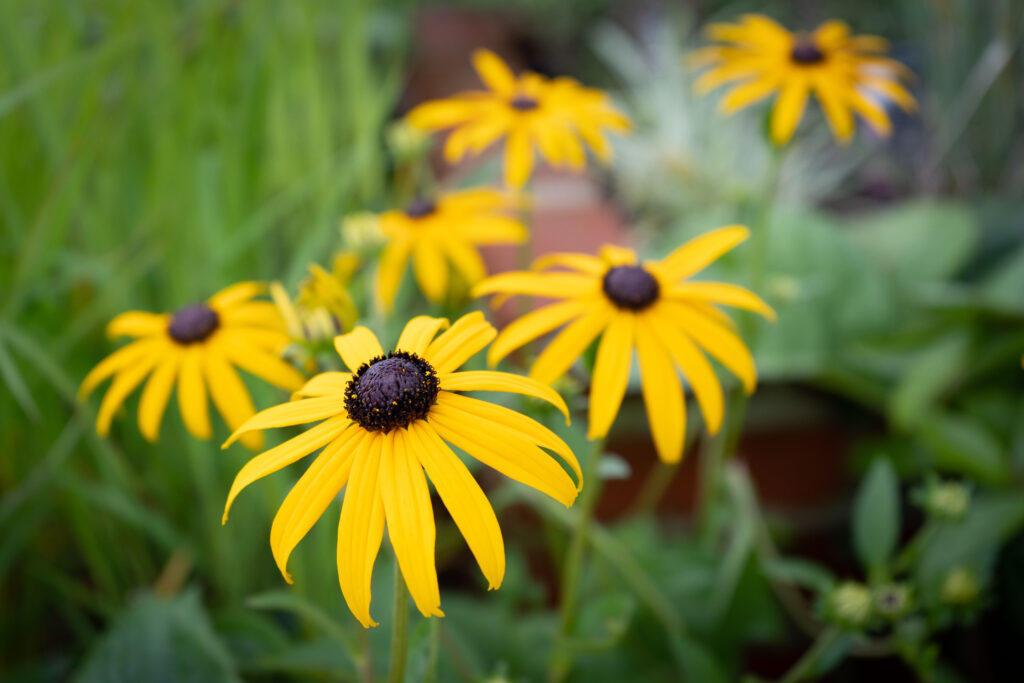
Black-Eyed Susan brings golden petals with dark centers that stand out against cooler backdrops. It grows well in dry soil and remains strong during temperature shifts. The flowers last through early frost, providing cheerful color late into fall. It is both hardy and dependable in various climates.
Regular deadheading keeps the plant blooming longer. It is an excellent choice for pollinator-friendly gardens. Once mature, it spreads easily without much care. Black-Eyed Susan adds brightness wherever it grows.
Sea Thrift (Armeria maritima)

Sea Thrift produces small pink or purple pom-pom flowers on slender stems. It thrives in coastal or rocky conditions where other plants may struggle. The narrow, grassy leaves form neat mounds that stay green throughout the year. It blooms in spring and often again in cooler months.
This plant prefers well-drained soil and full sunlight. It works beautifully as an edging plant or in rock gardens. Sea Thrift’s small flowers attract bees and create gentle movement in the breeze. Its tidy form keeps gardens looking lively even in dry, cool seasons.
Calendula (Pot Marigold)
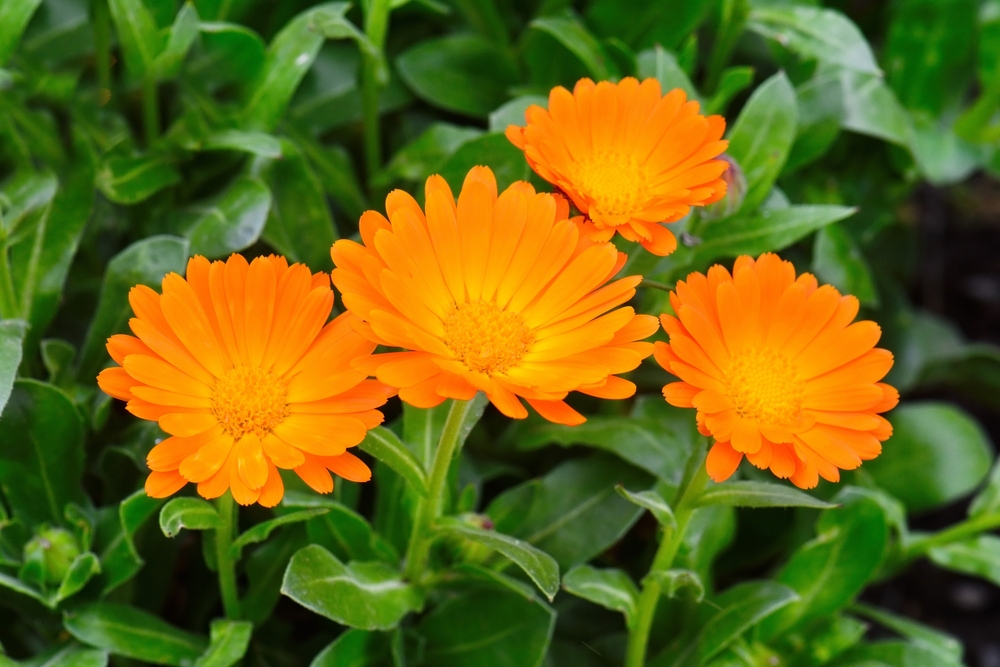
Calendula adds golden and orange blooms to the garden even as temperatures fall. It tolerates light frost and needs only moderate watering. The flowers close at night and open each morning with the sun. Its cheerful color makes it a favorite for cool-season beds.
Calendula grows easily from seed and often reappears each year. The petals are edible and sometimes used in herbal remedies. It thrives in full sun and well-drained soil. This plant keeps gardens bright well into the cooler months.
This article originally appeared on Avocadu.
